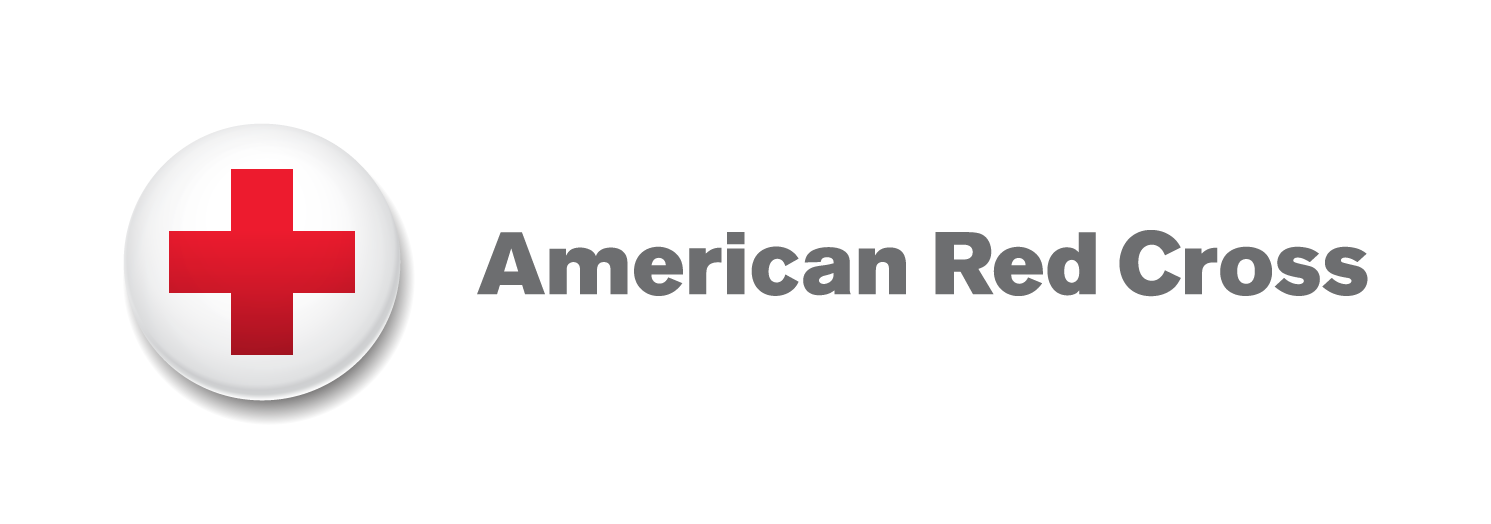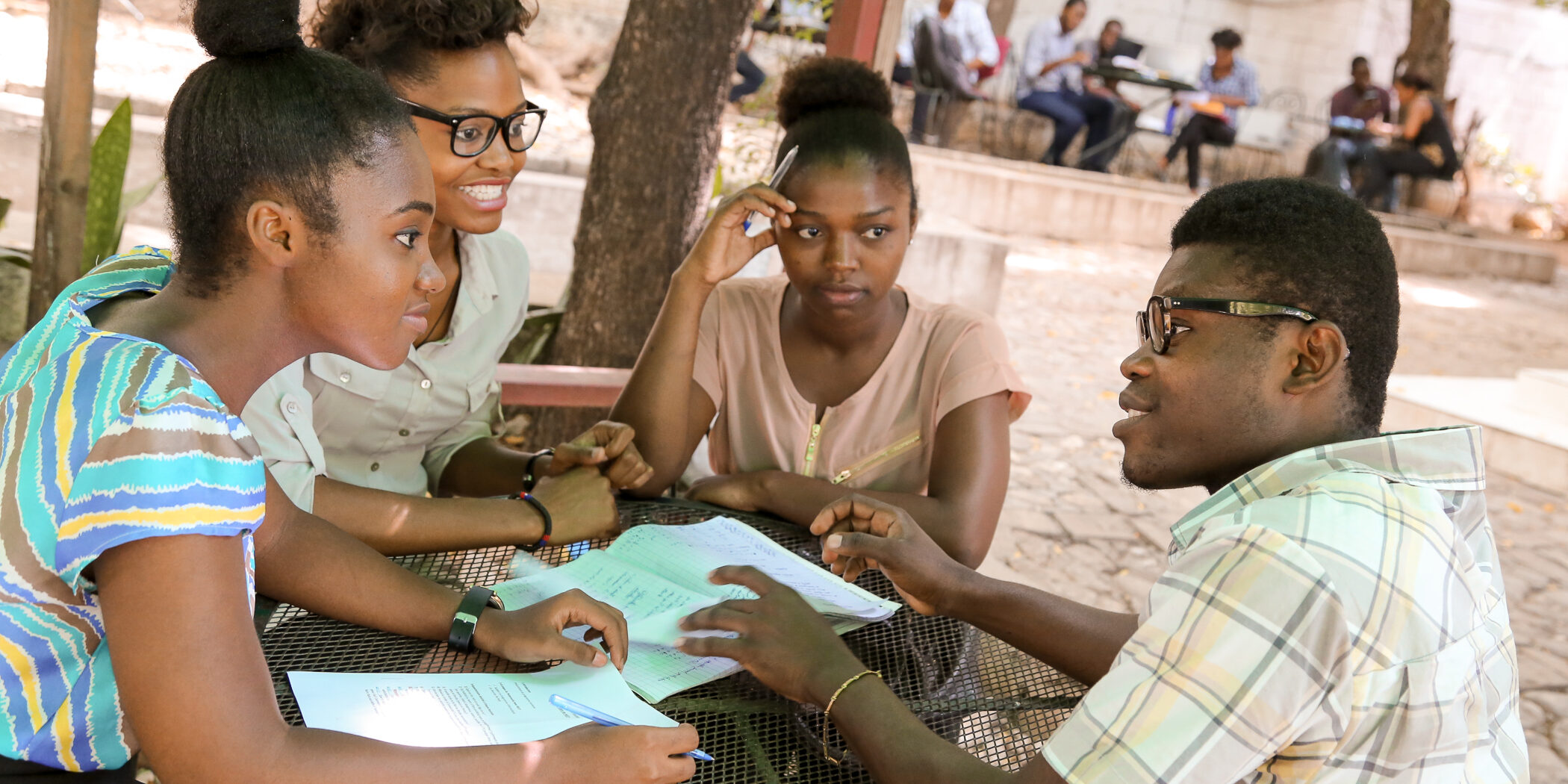
Knowledge Management
& Learning
Resources for the center of the project management cycle.
Why Learn & Practice KM?
Managing knowledge and learning is about making sure you have the best evidence and knowledge to help you make decisions – and passing that knowledge and new experience onto others in a similar situation. Just as decision making is a constant throughout the project management (PM) cycle, having access to the right data and learning is always important. In other words, managing knowledge and learning is an integral part of each part of the PM phase.
When a project invests in and utilizes its knowledge management (KM) and learning, it yields multiple benefits:
- Capturing and sharing knowledge improves decision-making: Teams that capture and share data will have the right information at the right time for future decision-making.
- Accessing knowledge leads to continuous improvement: Learning from experience leads to future success. Likewise, experience from past success points to a place to continue to invest in.
- Applying knowledge and learning results in an agile workforce: Staff with learning “mindset” are able to anticipate and respond to a changing context with agility and meet “latent” needs of affected populations.
- Knowledge and learning make for engaged and motivated teams. Learning as part of work has been shown to decrease stress, increase productivity and improve employee engagement
Key Resources on Knowledge Management & Learning in DMERL

Tools:
How to Build a Learning System for a Humanitarian Project
Step 1 - Leaders cultivate an enabling learning culture
The team working on the project is supported by senior leaders that commit resources to knowledge management systems, foster a safe and inclusive working environment, and empower staff to work in a reflective and thoughtful way.
Step 2 - Team leaders facilitate practices of team learning
Team leaders facilitate sharing knowledge and reflection in a safe and inclusive space.
Step 3 - Individual staff take responsibility for their role
Team members show up with a learning mindset and willingness to grab and share knowledge and to learn together.